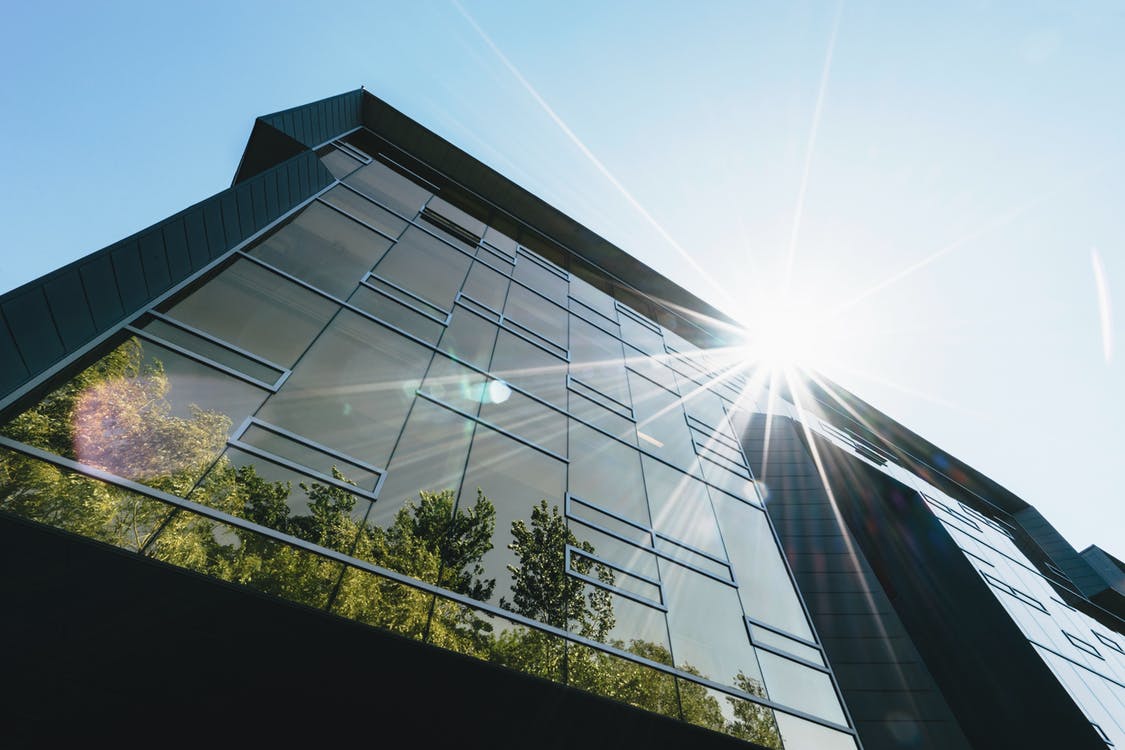It is undeniable that we are living a revolution in our consumption habits. Not so long ago, virtually nobody would pay attention to what happens during the production cycle of a product, and its consequences. Let’s take a chair as an example. Consumers used to think: “If we can sit for two hours without our backs hurting, then it works!” Well, times have changed and today many people stand for a sustainable world where quality is equally as important as environmental responsibility when it comes to the purchasing decision process. Several industries are gradually adapting to this new reality and, as a result, jobs are being created. According to a study, green construction is projected to account for more than 3.3 million jobs in the U.S between 2015 and 2018, generating over $190 billion in labor earnings. For instance, there’s a projected 108% growth in demand for wind turbine technicians, a clear sign that renewable energy usage is expected to rise.
If an increased awareness of the importance of green buildings still feels like a dream to you, maybe some statistics will change your mind. A report released by LEED (Leadership in Energy and Environmental Design) estimates that green construction will grow 15.1% annually and, by the end of this year, it will account for one-third of construction jobs.
The green building mindset
In regards to engineering and architecture, sustainable buildings must be able to maximize both economic and environmental performance, explains the Environmental Protection Agency of the United States: “Green construction methods can be integrated into buildings at any stage. However, the most significant benefits can be obtained if the design and construction team takes an integrated approach from the beginning.”
Empire State Building goes green
One of the challenges for the industry is to overturn the misconception that green construction is associated with additional costs. A significant step was taken in 2010, when the Empire State Building was renovated to make the structure greener. As a consequence, the skyscraper now saves 38% of its energy, which means a reduction of approximately $4.4 million annually in operational costs.
Surely a remarkable accomplishment, but nothing would be possible without the 250 jobs created for the occasion. More than ever, the construction market needs highly qualified professionals trained to drive a positive impact for communities.
Drive a positive impact
CREED LA fights to ensure that developers pay fair wages to all the hard working construction professionals throughout the industry while simultaneously providing them with quality health care, continued training, and trustworthy retirement plans. To learn more about how our non-profit organization supports those building a better, greener world for us all, contact CREED LA online or at (877) 810-7473.

